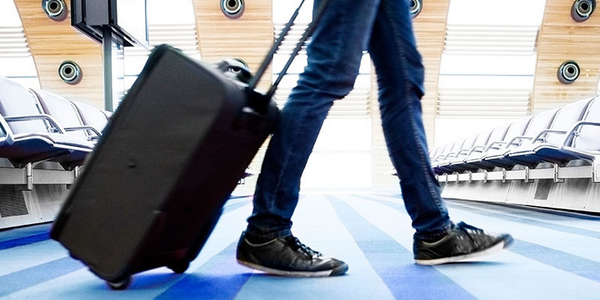
When you’re on vacation far from your handy home network, it’s tempting to grab a quick connection through an unsecured Wi-Fi hotspot in a café, airport, library or the like. After all, it’s right there, it’s convenient (doesn’t require that complicated security key) and best of all, it’s free.
Before you make that connection, stop and think. No security key means that more than likely you’ll be sending information in “clear text.” That means “unencrypted.” And anyone else who is connected to that hotspot, equipped with a few simple hacking tools, can intercept and read everything you send.
Online banking? Don’t risk it.
Above all, never, ever use unsecured Wi-Fi to access a banking site. Anyone else connected to that network with the right tools can read your log-in and password (sometimes even if the banking site itself is secure), grab control of your account and start moving your money out. If you need to do a bank transaction while traveling and can’t find a secure connection, use the bank’s toll-free number and call instead.
Never share with strangers.
When you connect to any public Wi-Fi network, whether it’s secured or not, you’re sharing that network with everyone else who’s connected to it. Without some protections in place, anyone else could open a connection to your machine. First of all, make sure any file-sharing that might be turned on is disabled. Second, always use a software firewall — like the one in ESET Multi-Device Security — whenever you use public Wi-Fi.
These concerns about public access points apply every bit as much when you’re in your own hometown. But when you’re traveling and looking for a way to connect, you’re much more likely to be tempted by the convenience to use them in an unsecure way. And the bad guys know it.